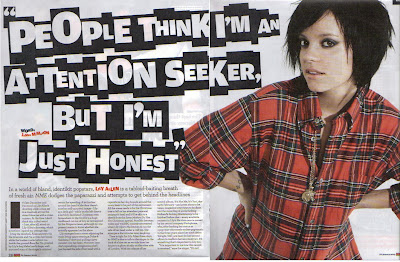As part of my audience research task, I chose to record opinions, from a few of my peers, onto a dictaphone. The interview was based around a few questions that I felt was important. Below you can find subtitles to the audio if you are unable to hear the interview properly:
Q1) If you heard of a Hip Hop and R’n’B magazine called "Sound Wave" how would feel and what kind of thoughts come to mind when you first hear it?
Um... I think it's pretty boring as, umm-um… I mean as like you’re aiming you're magazine to younger kids and i think your title should be something more modern.
It’s my belief that Sound Wave sounds a bit technical for someone who doesn’t like listening to music BUT it could be a fresher approach to R’n’B and Pop BUT if you’re gonn-, would I buy the magazine, I'm not sure BUT it sounds pretty fresh to me.
Umm the word Sound Wave, yeah, it reminds me of my physics lesson, yeah, which is not appealing, yeah, so therefore I wouldn’t buy your magazine.
Q2) What would you look for in a Hip Hop and R’n’B magazine?
Well firstly I would obviously like photos, pictures of the, like, the most popular celebrities and maybe some interviews from them, and their latest albums.
Umm yeah (same as her) but I would look for, like, reviews of different music that has just come out, pictures and, umm, interviews. What about things like upcomin-? Yeah, up and coming artists, yeah, i would look for that as well.
Umm, I'd look for artists on the front cover that have big chains and their caps with flashy clothing and yeah their upcoming songs or the best track of the month. Oh so you would prefer a more, umm, modern flashy symbols like you said flashy chains and things like that? Yeah that represents Hip Hop, that’s why.
Q3) Would you prefer an interview as the first page article? If yes, why?
Not really sure but when I open the magazine I usually expect the interview to be, like, in the middle but if it was on the front [don’t you mean first?] I wouldn’t mind it but it would have to be of a very good quality.
Interview yeah, eguh [?] I would like it at the front because if it’s about your favourite artist then it woul- it needs to catch your eye therefore I'd want me to buy the magazine.
Q4) Do you think the magazine needs a website; do you feel that it is a necessity?
Well because of the online age expanding and growing every day, I think it is possible that your magazine may need a website because certain members of the public may not like going over to the shop to buy a magazine and they would probably prefer to view it online.
Yes online would be better because wha-huh- if you, if you produce hard copies that would waste more paper and if you waste more paper and, you know, it'd be bad for the trees so you'll be eco-friendly that way.














